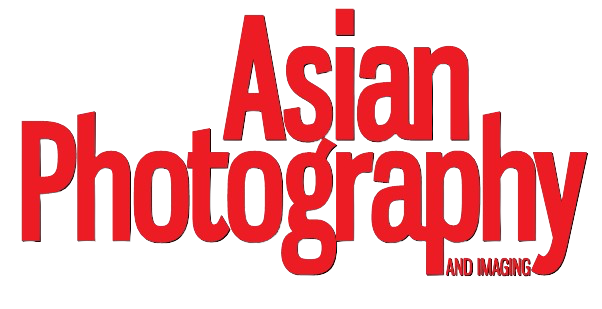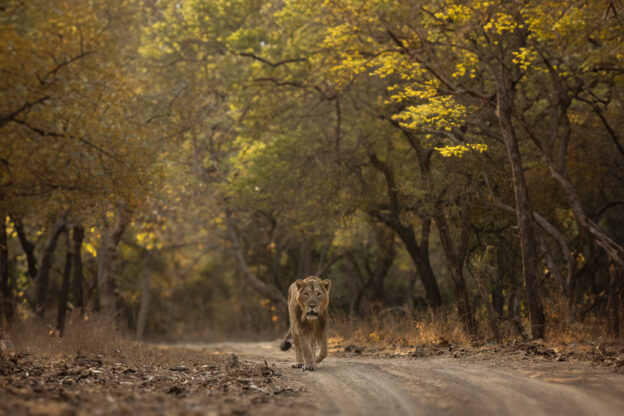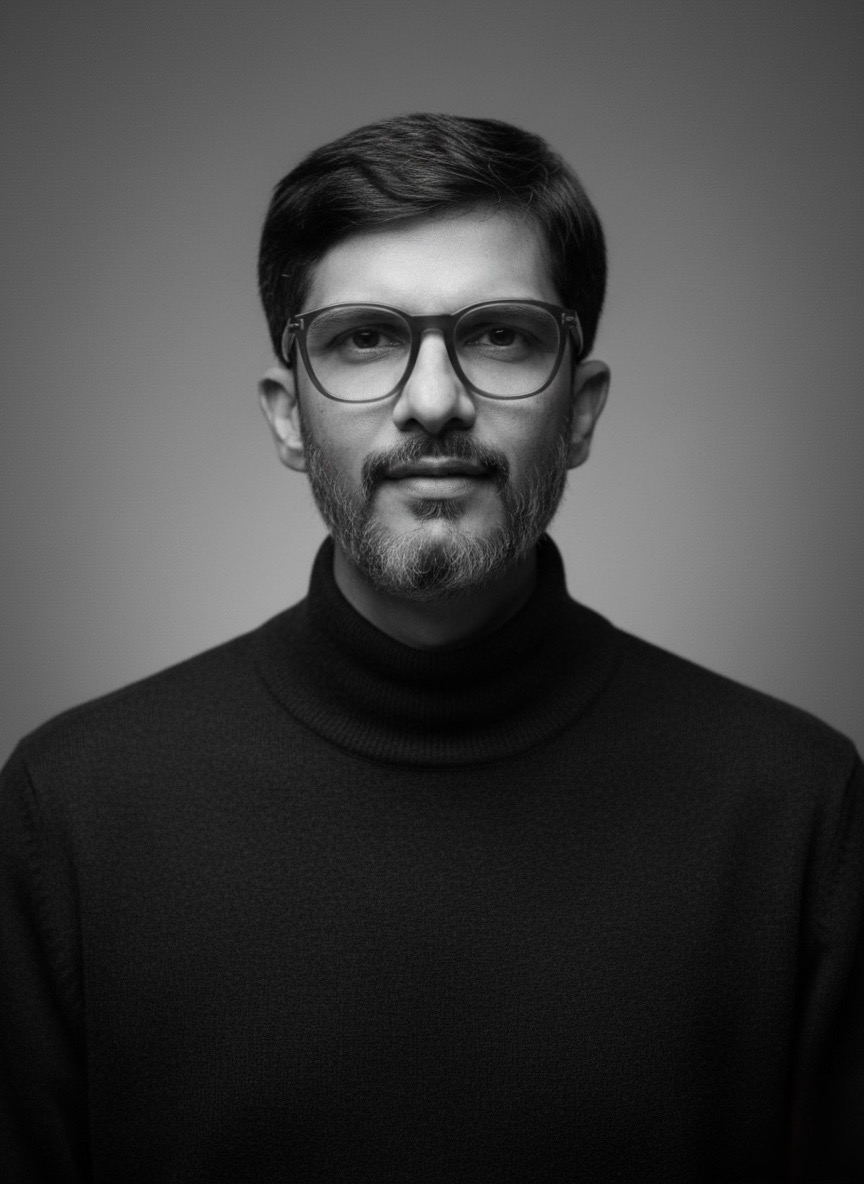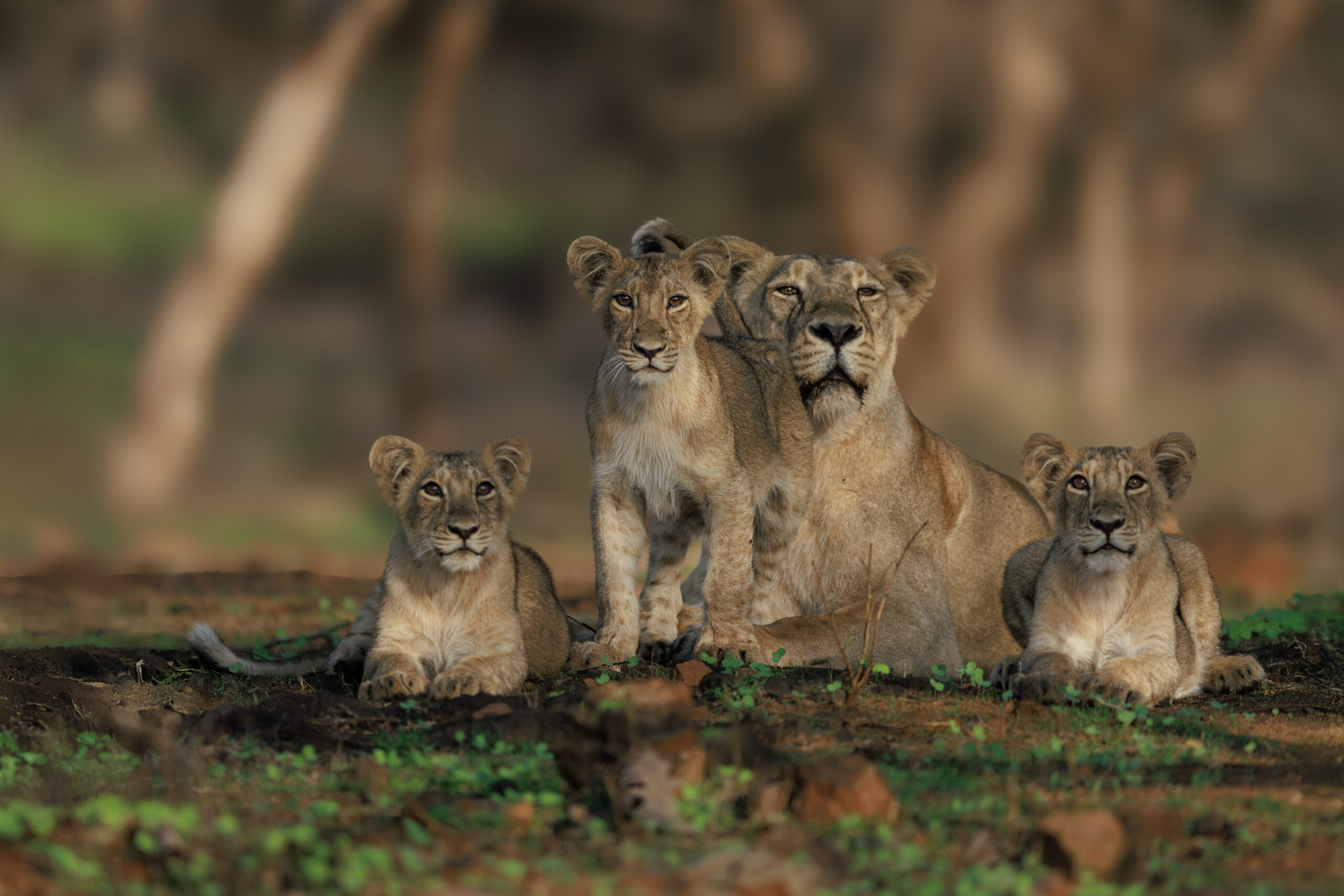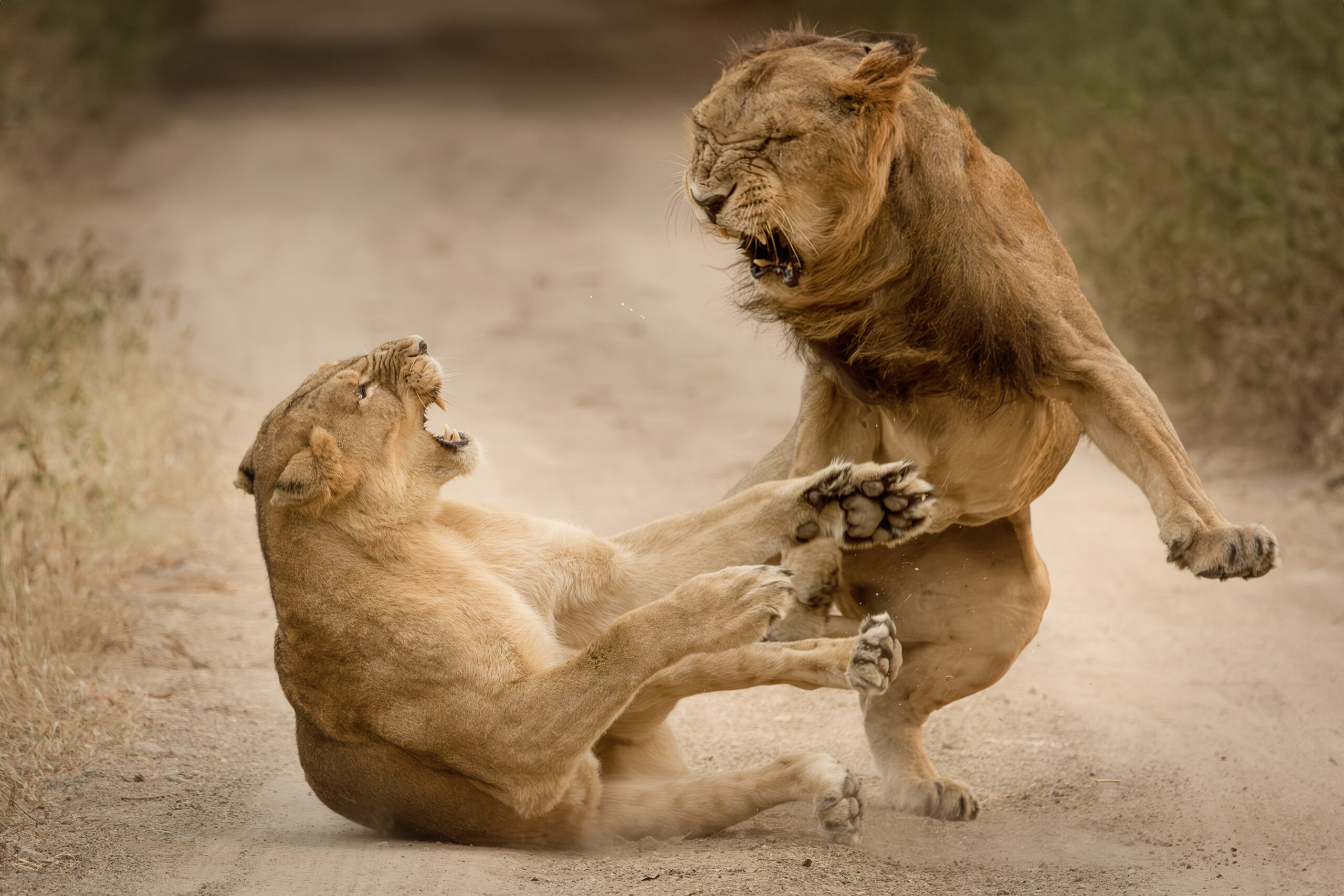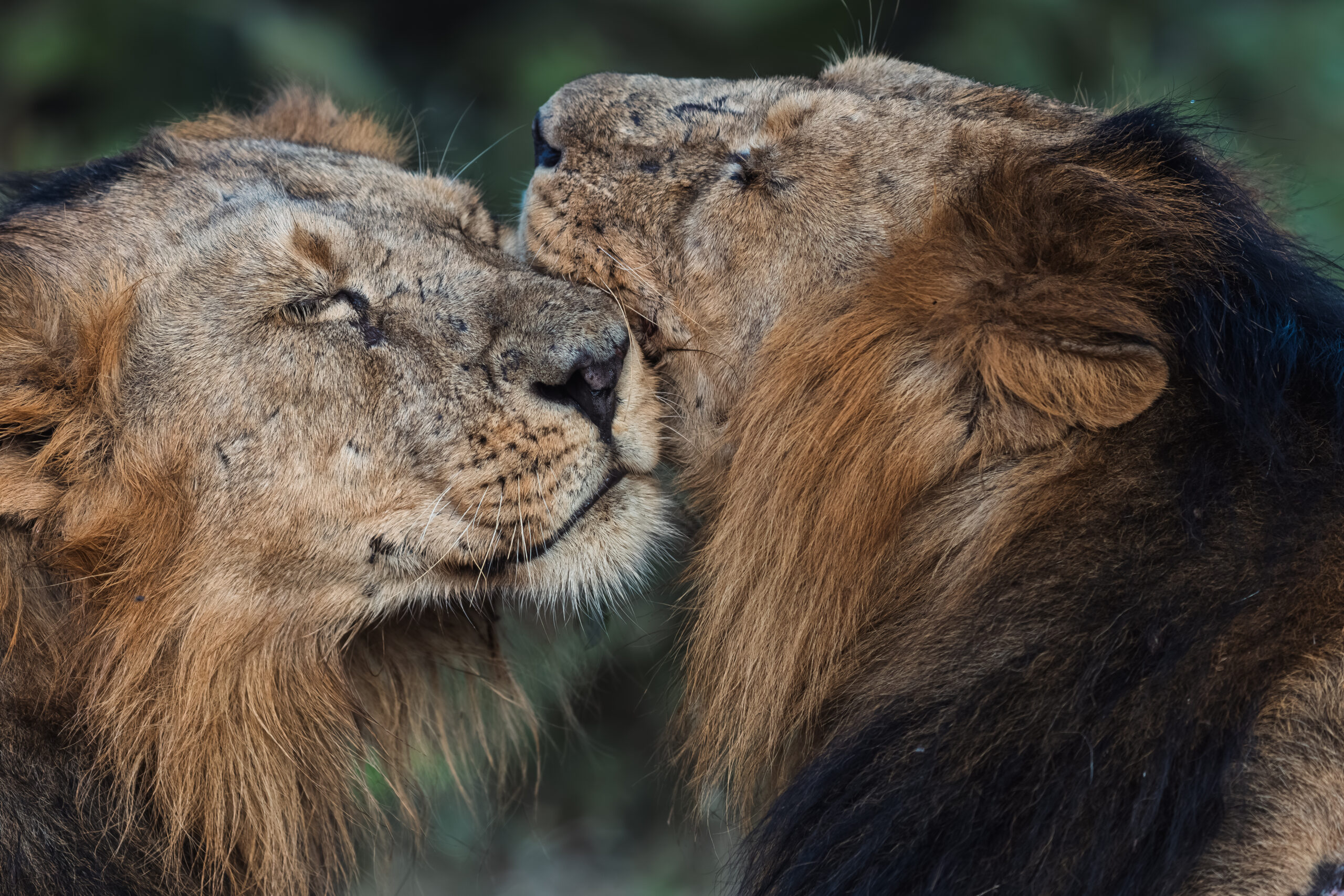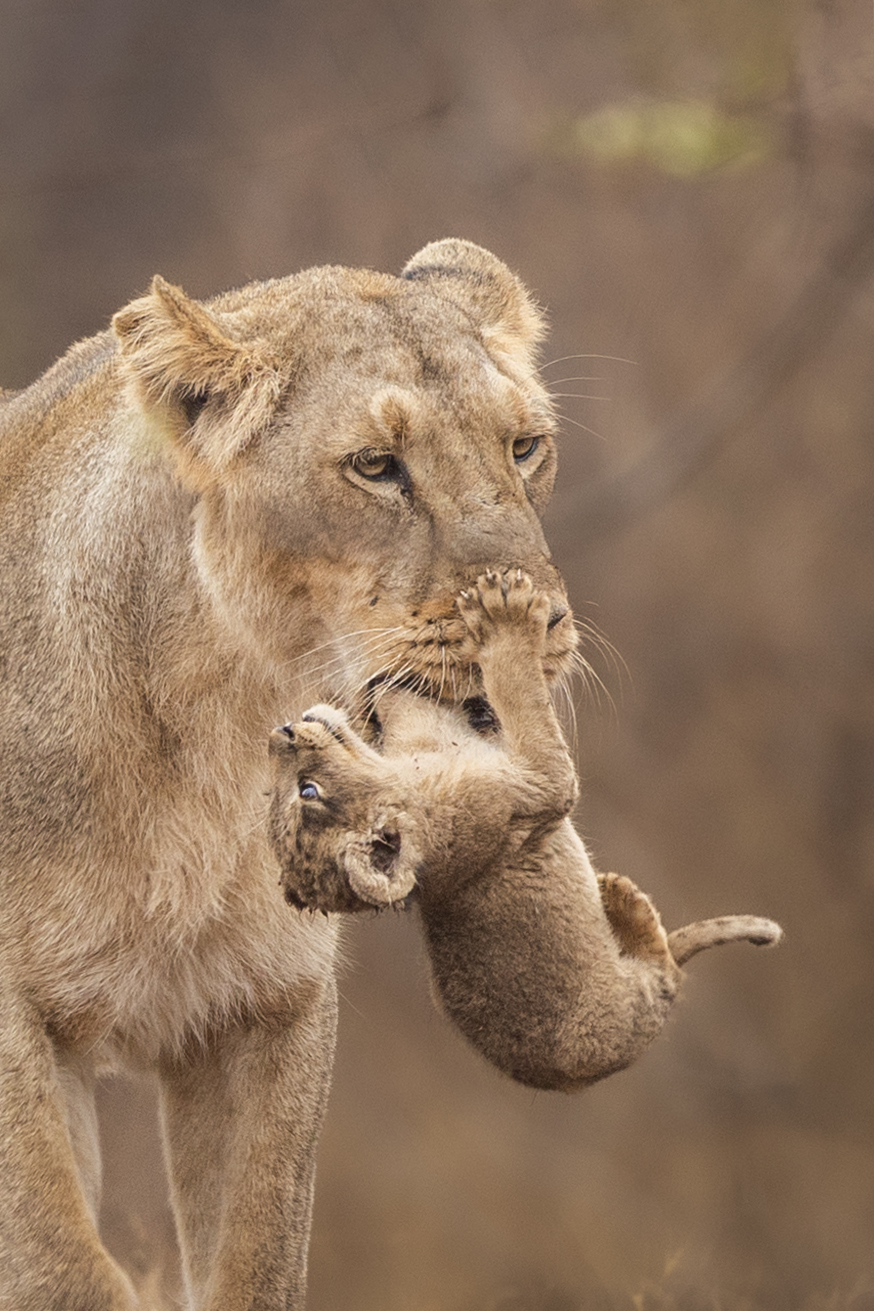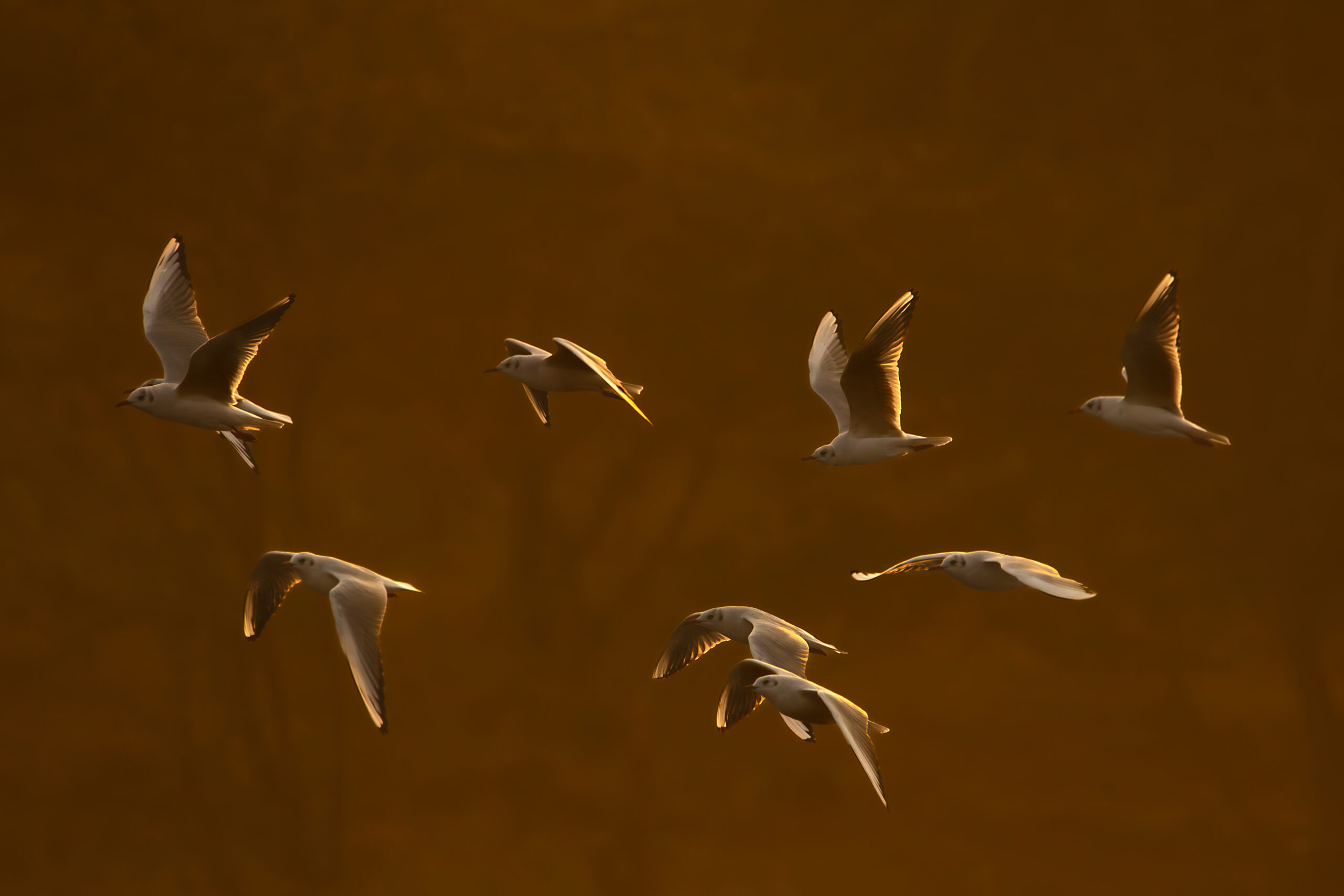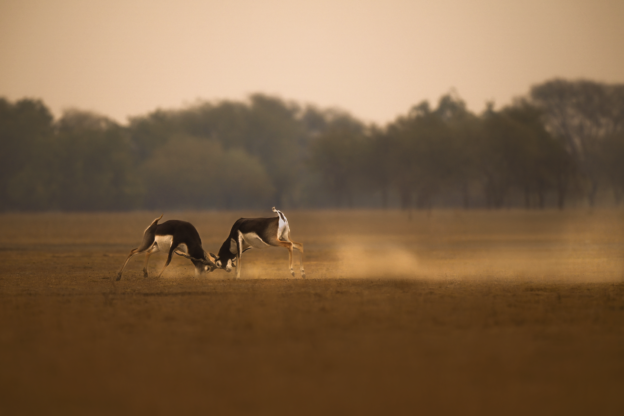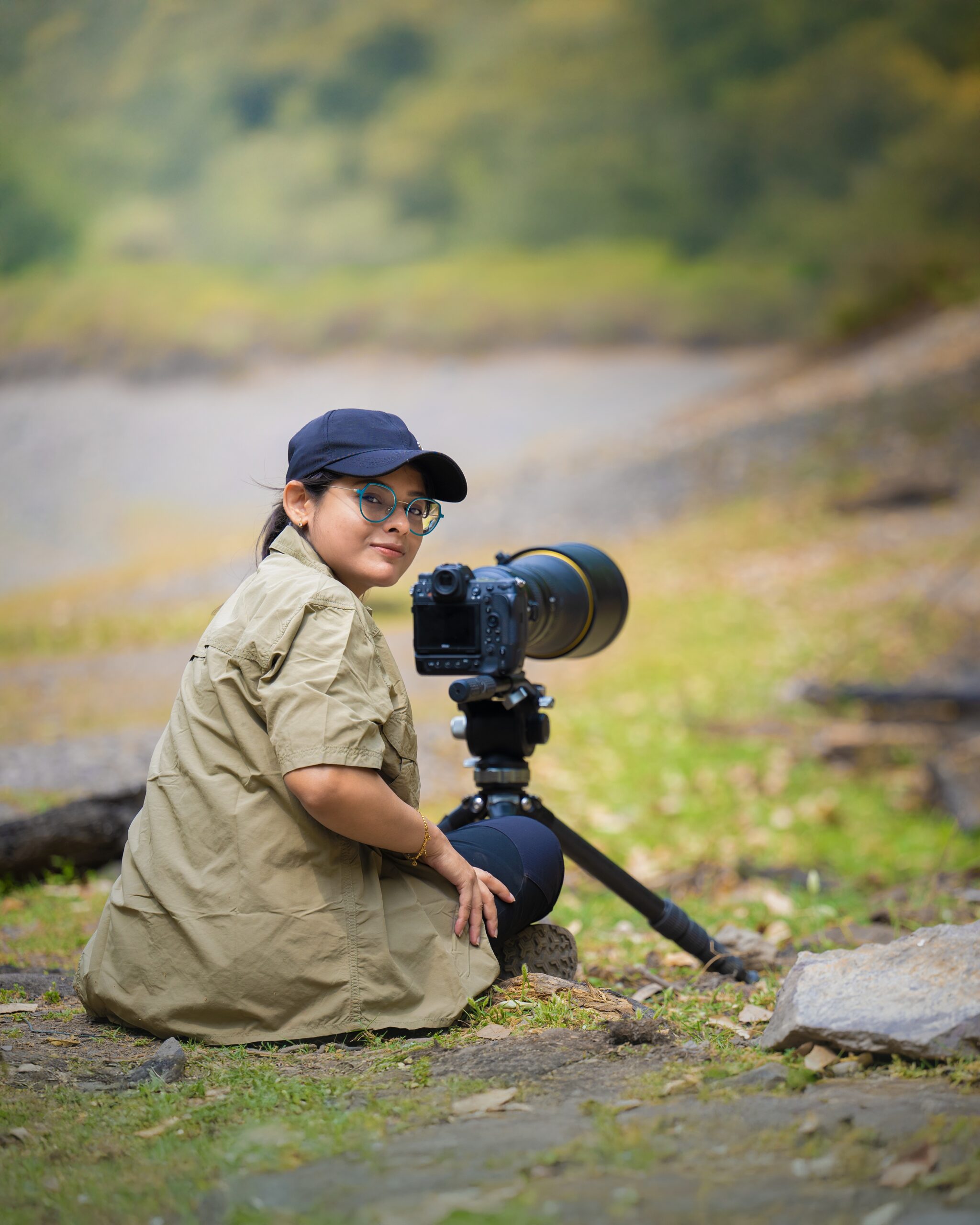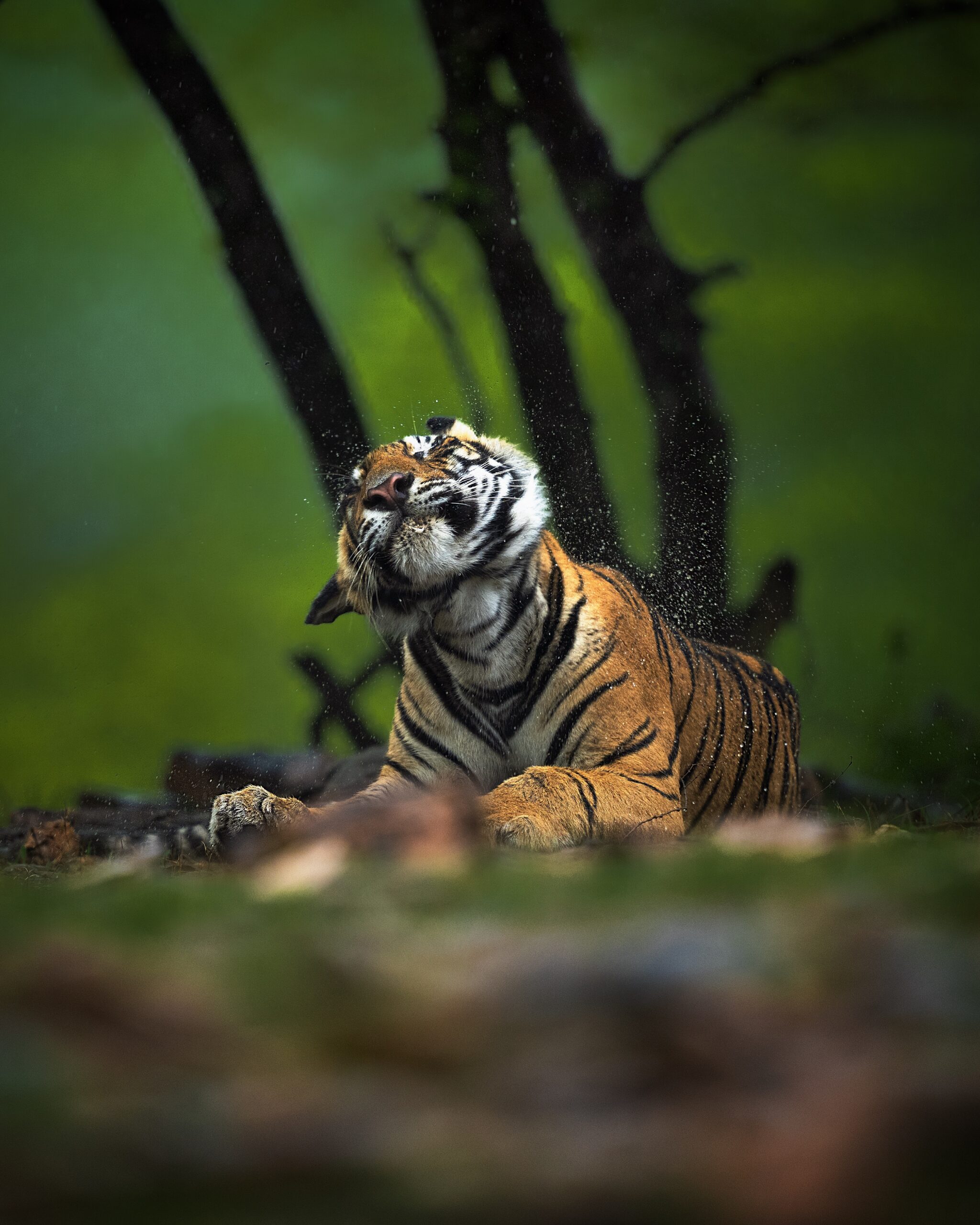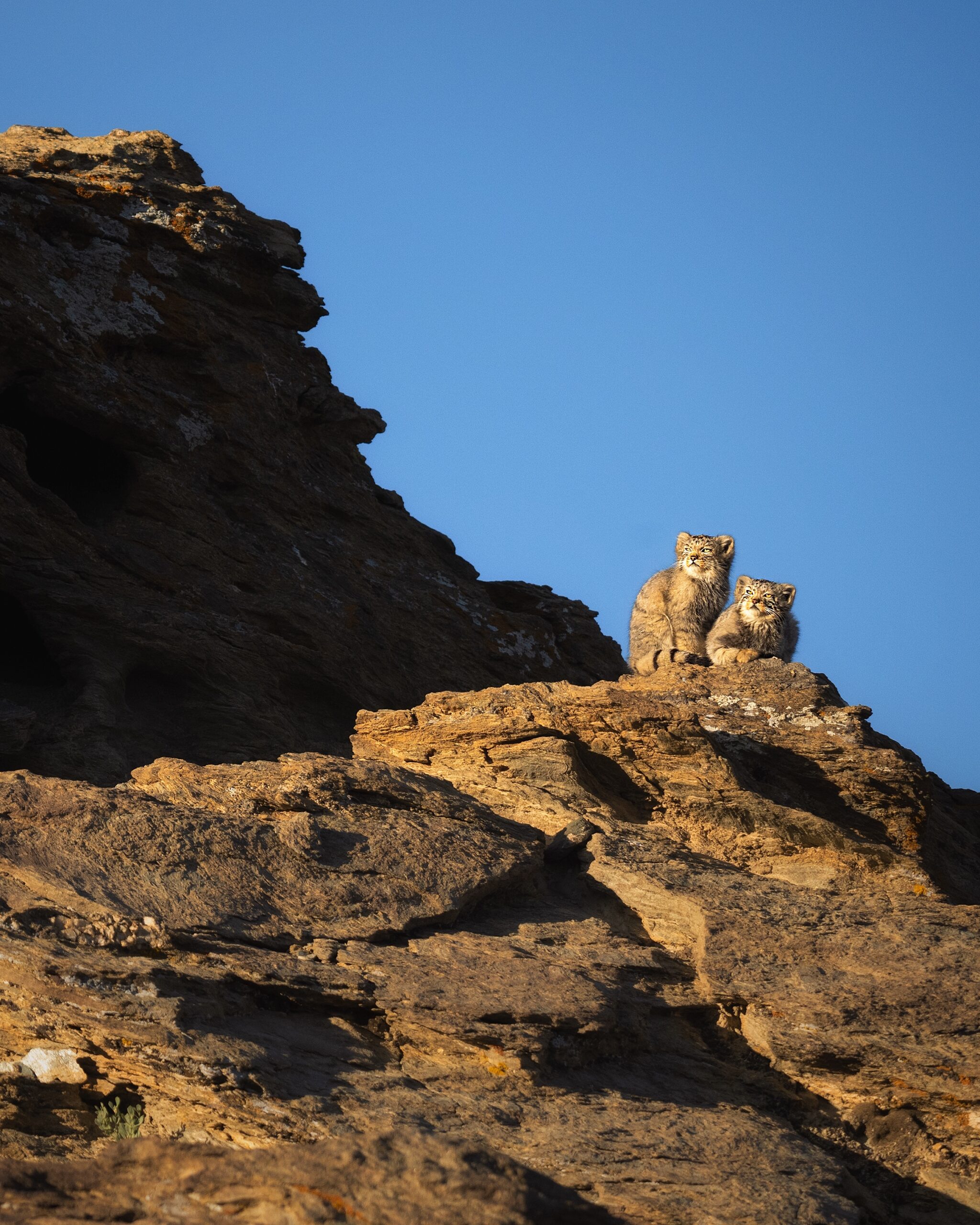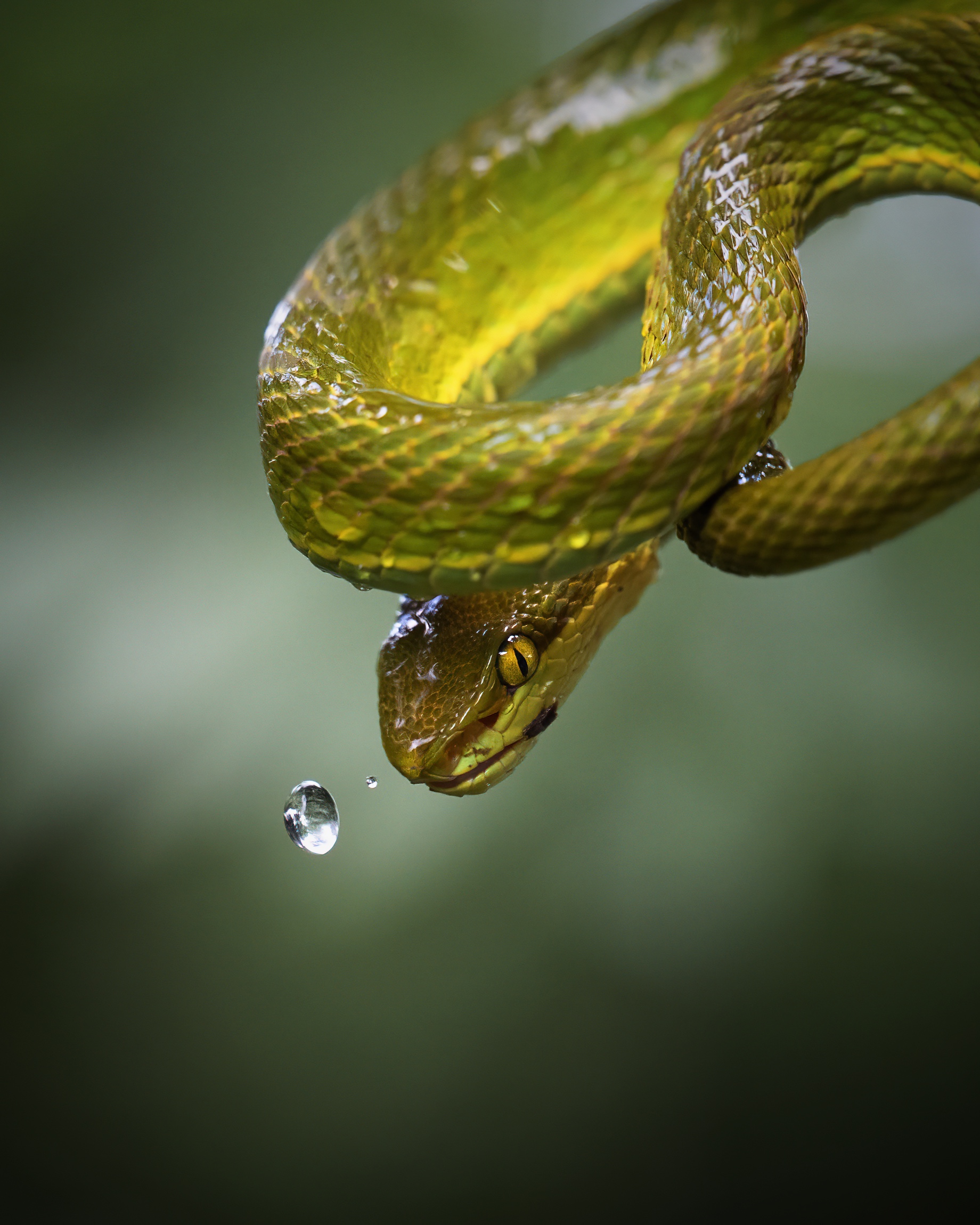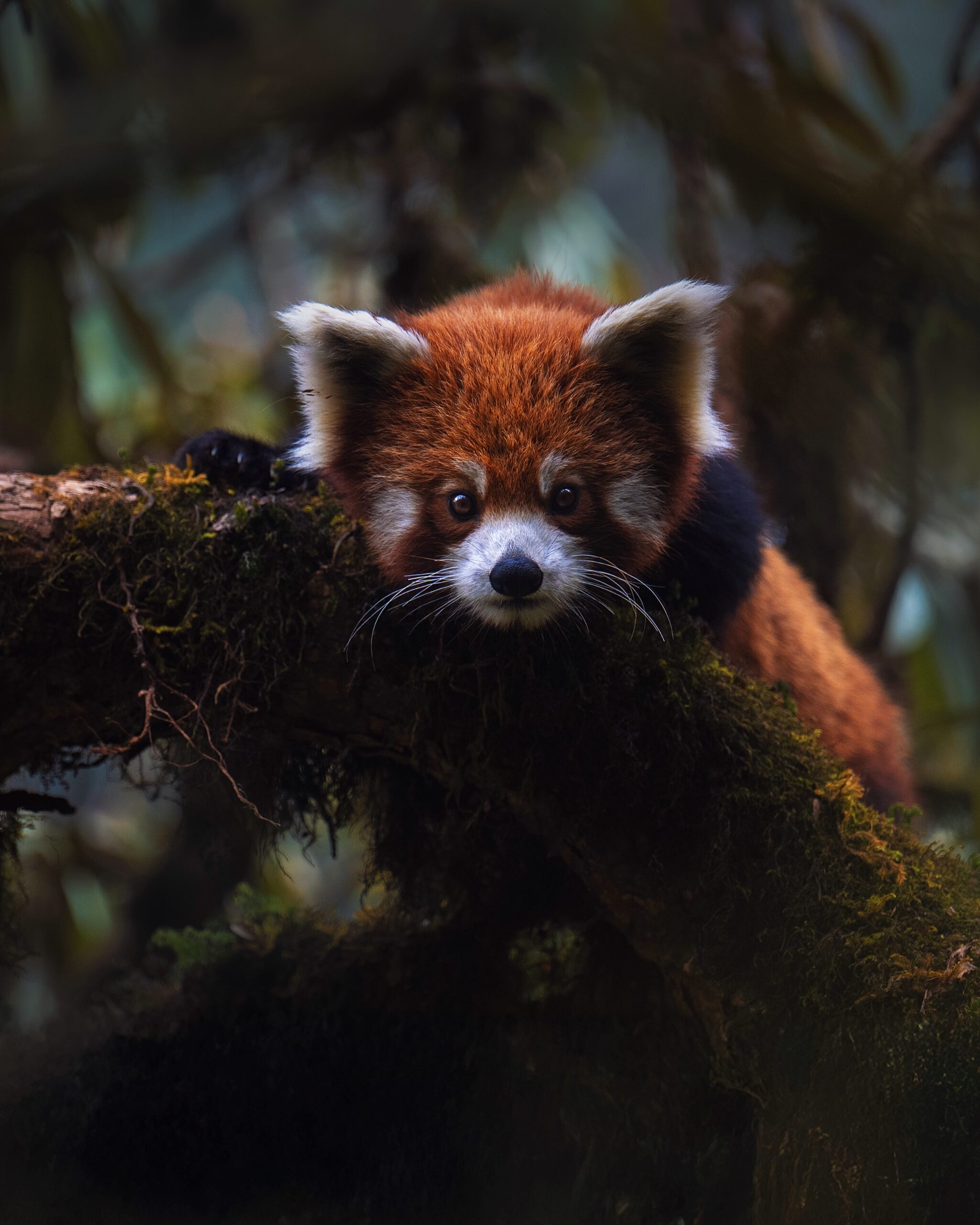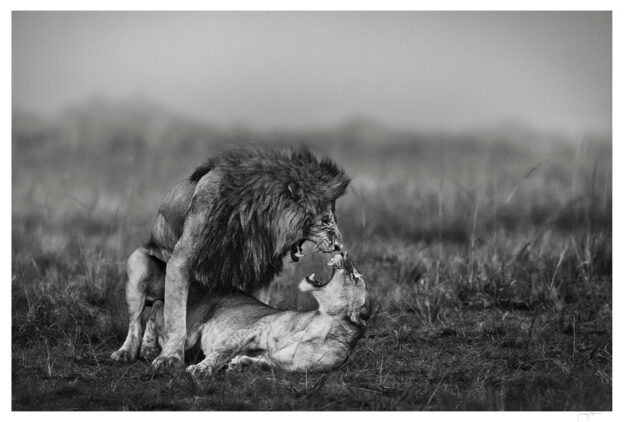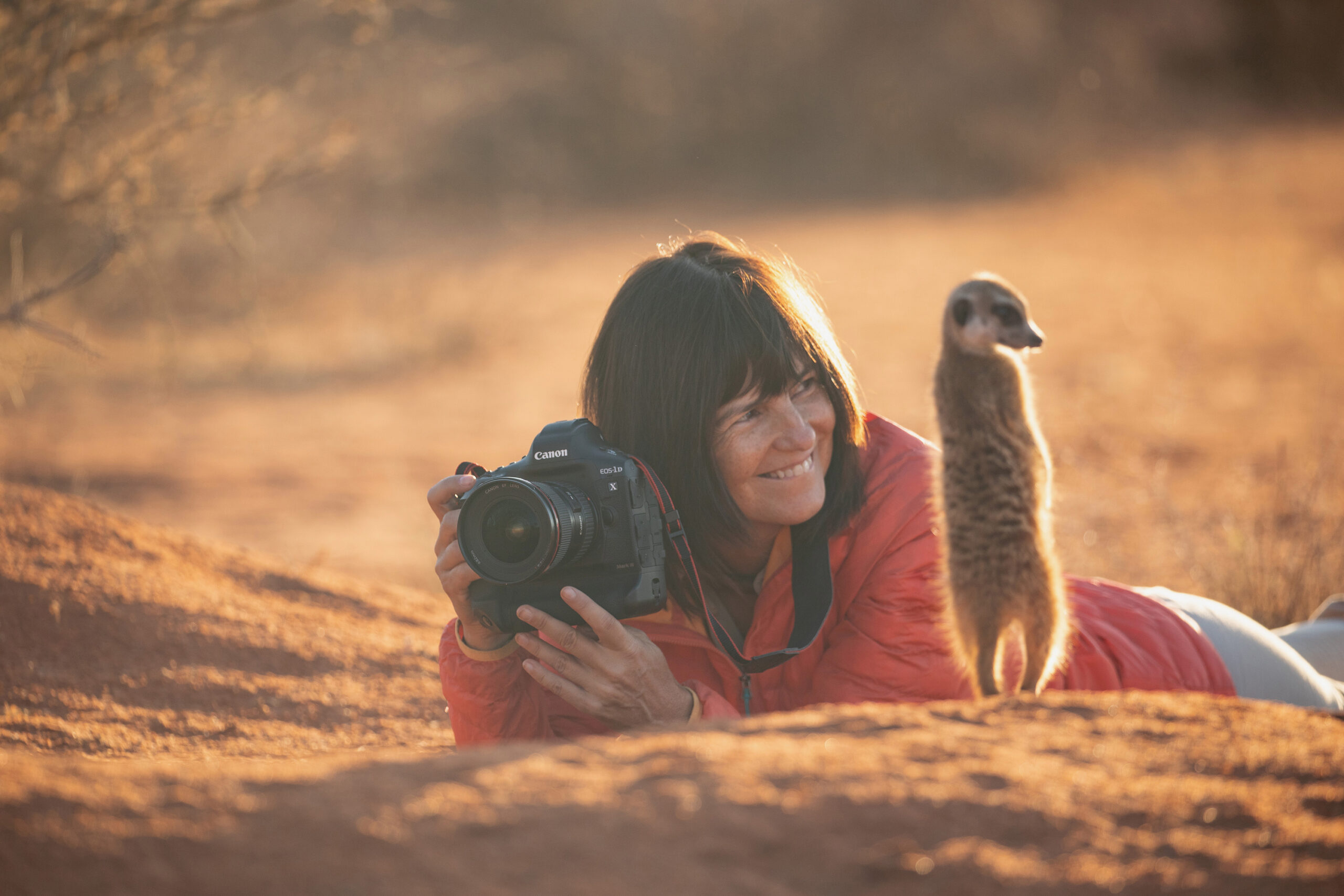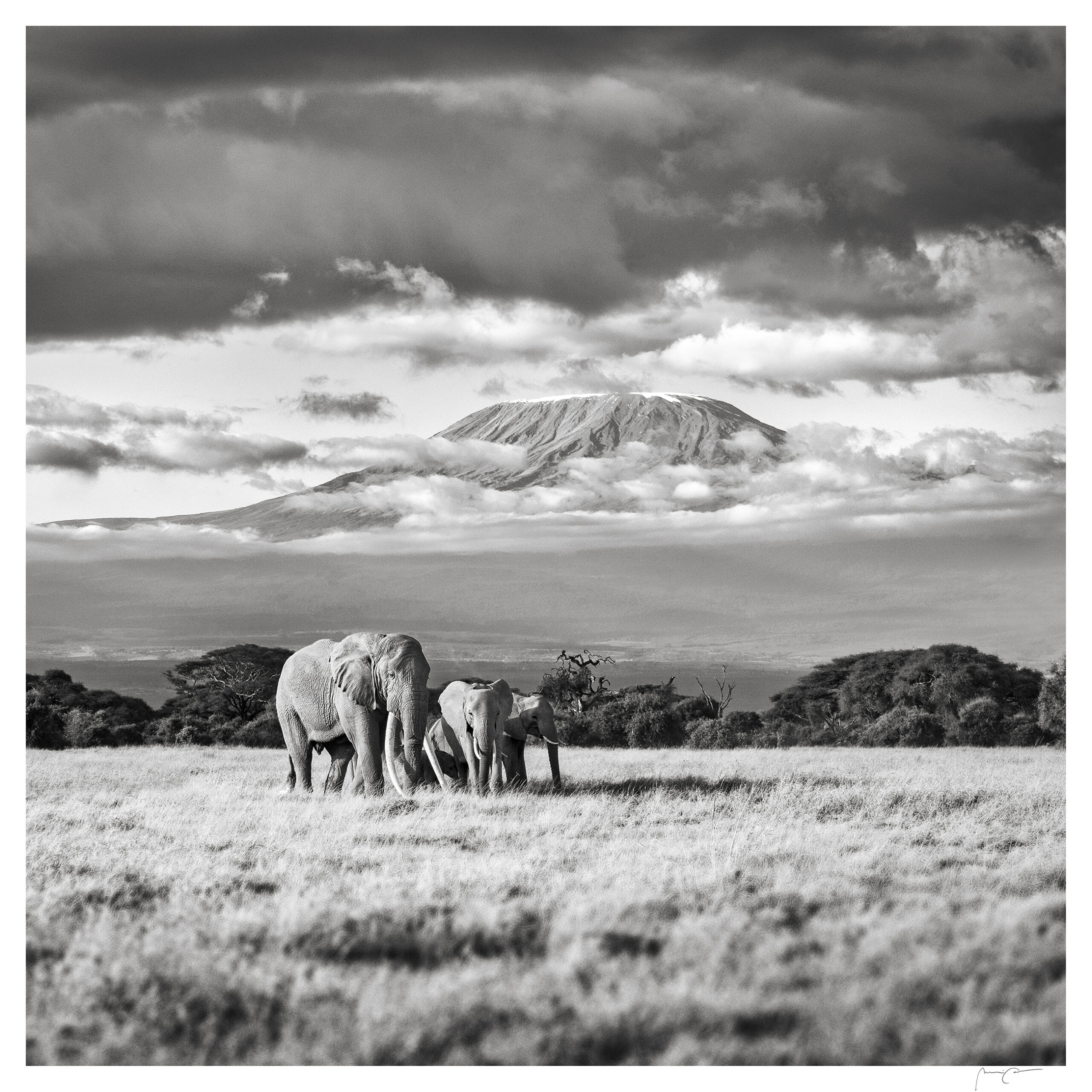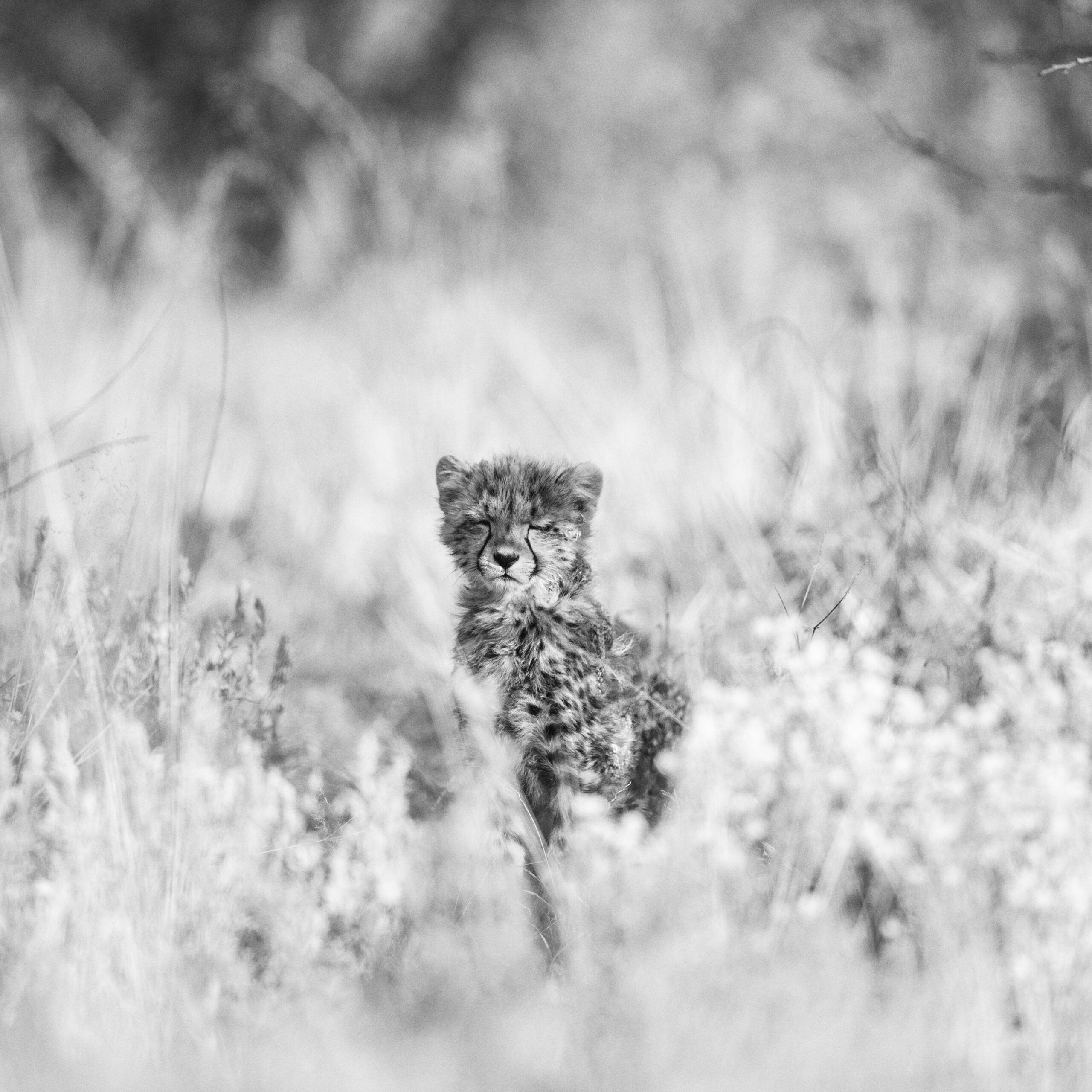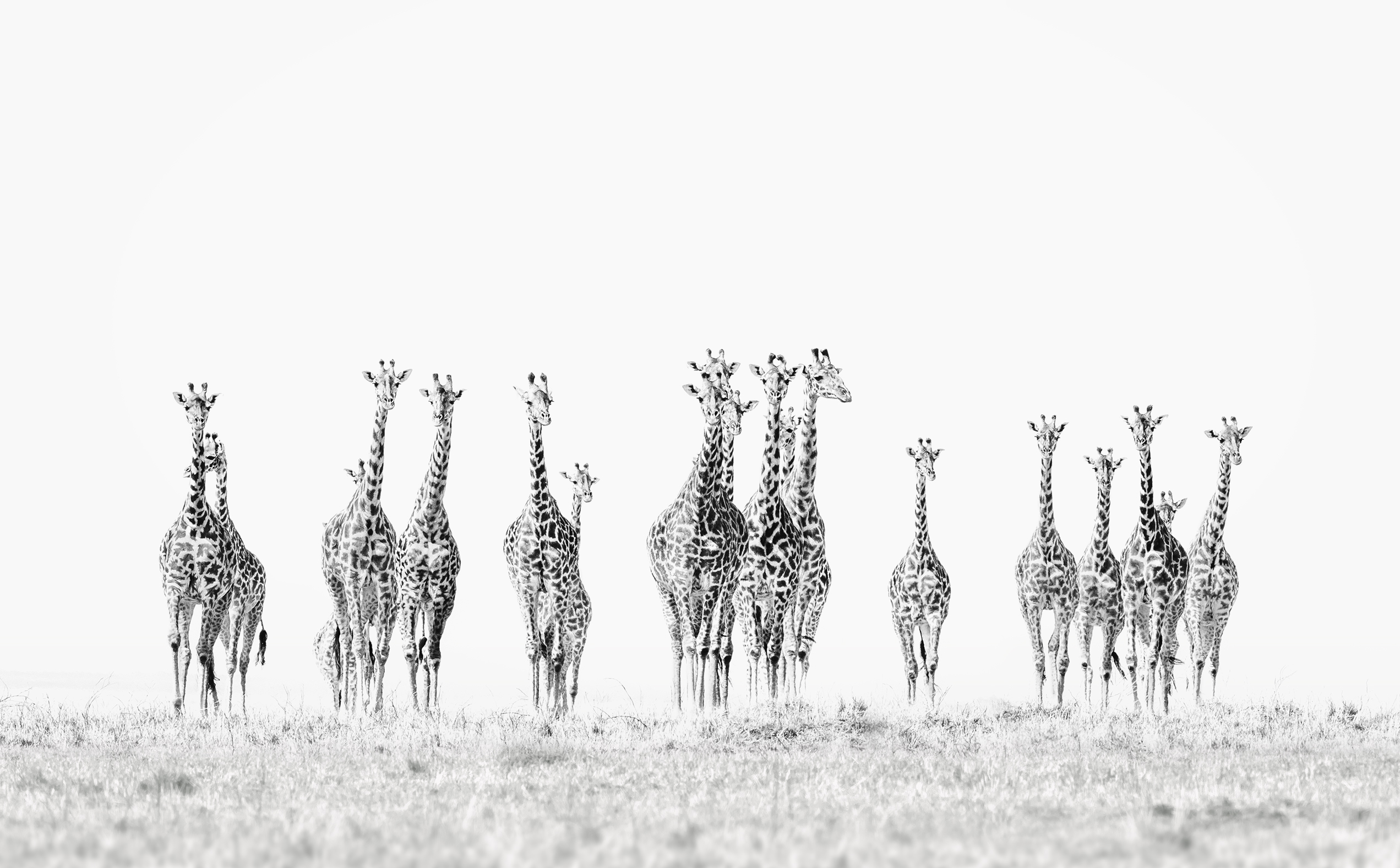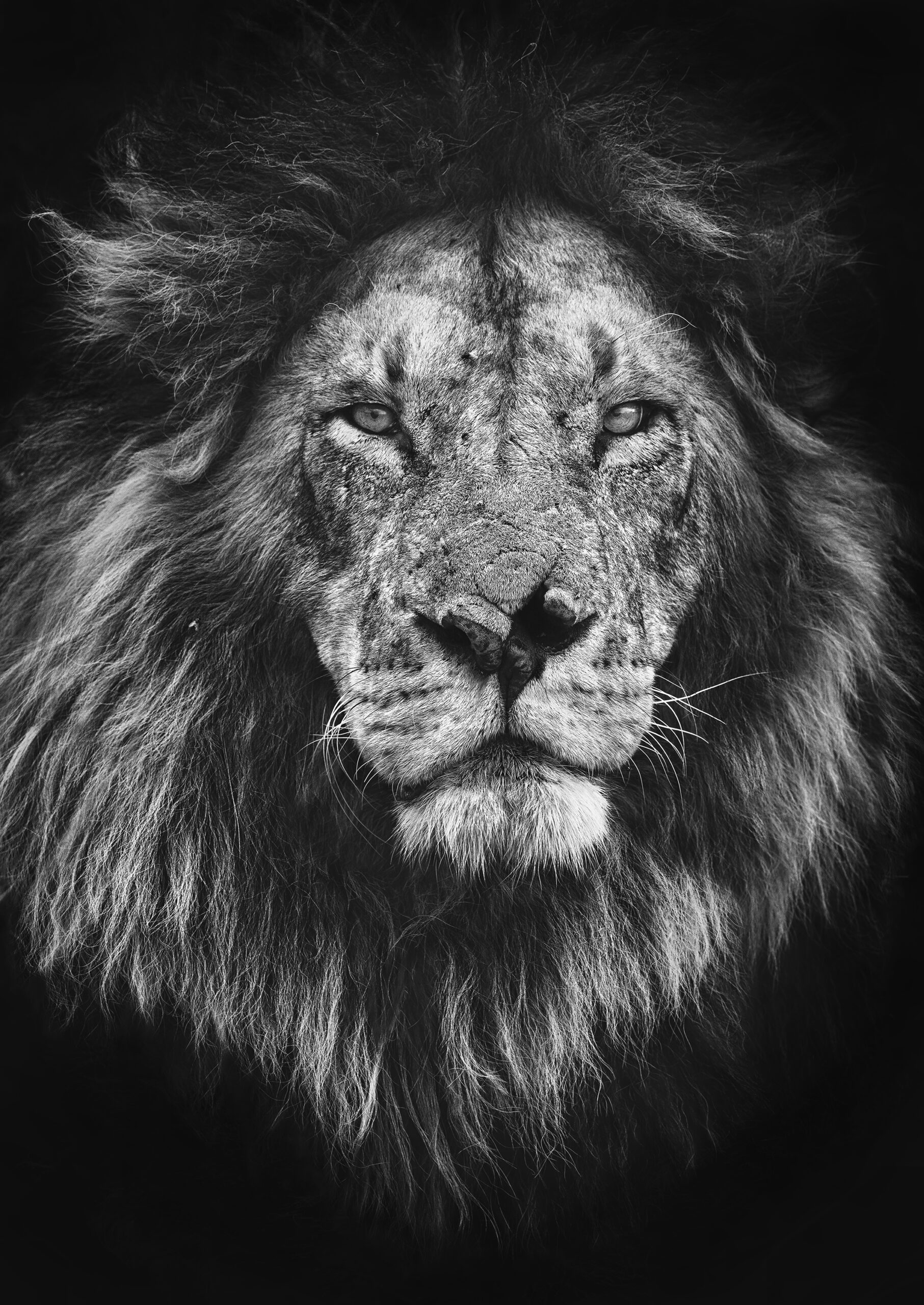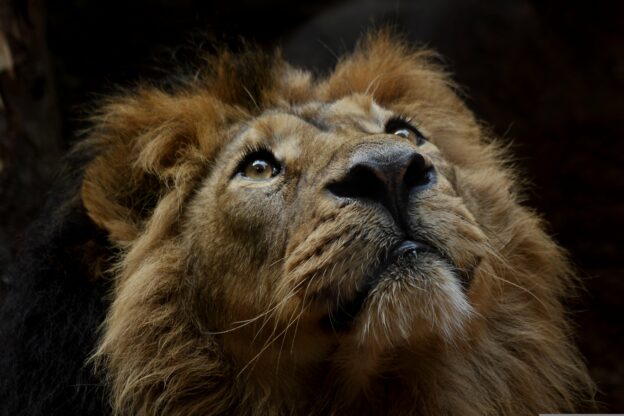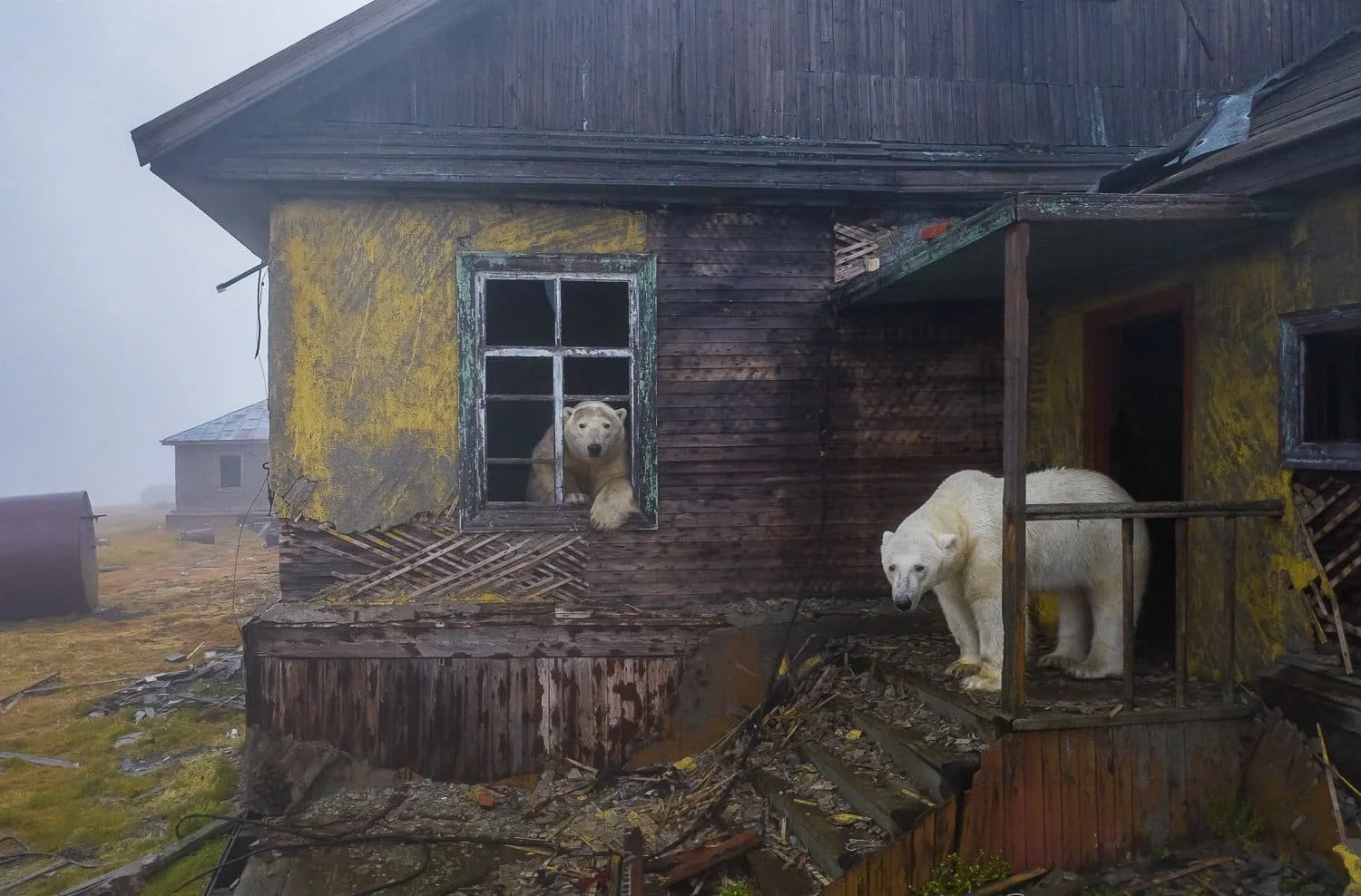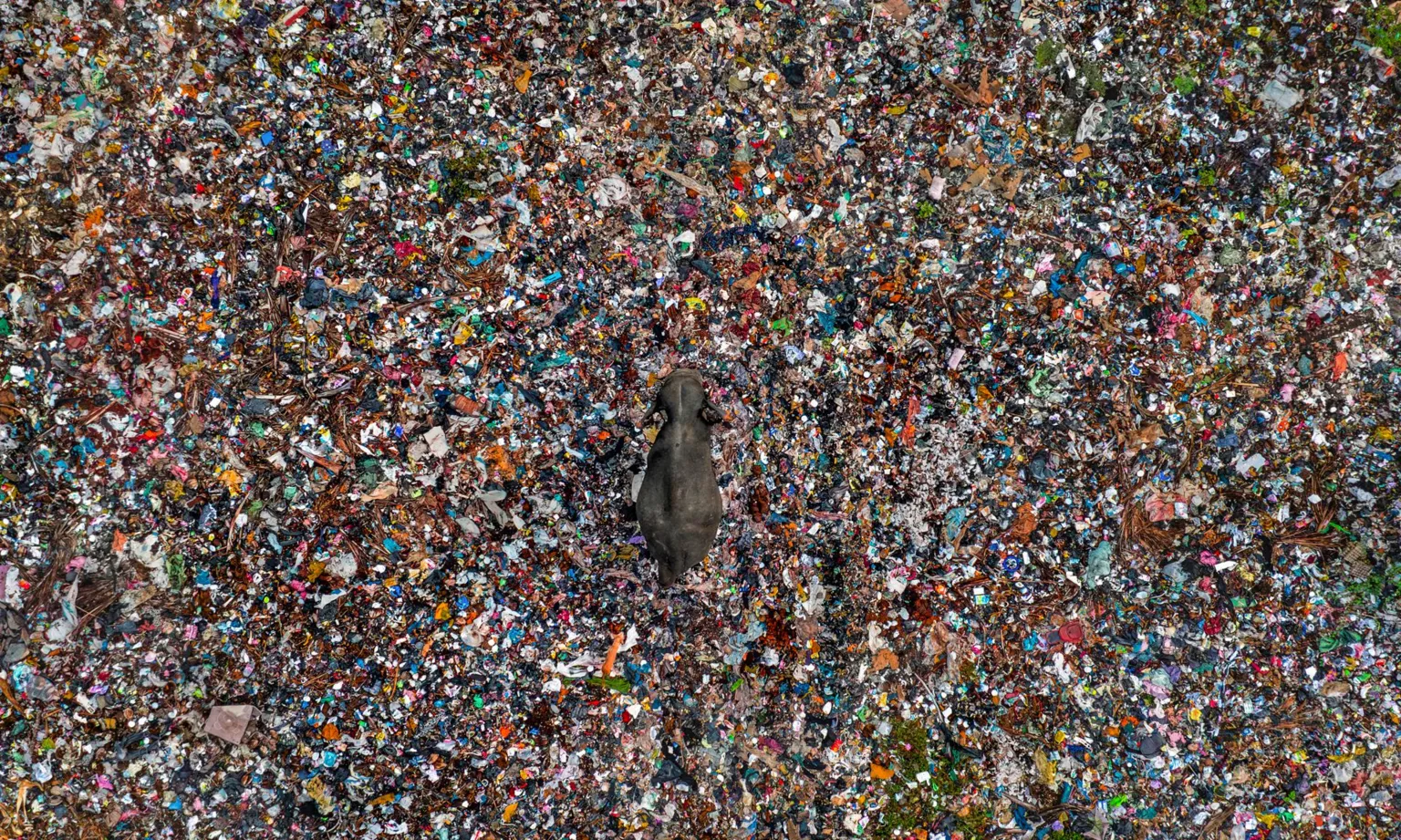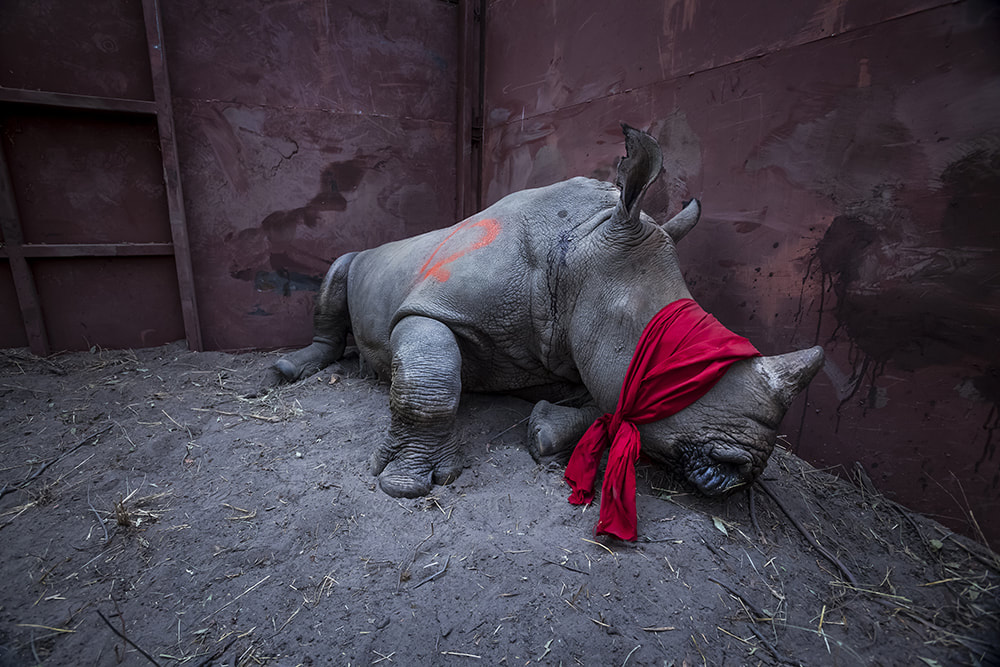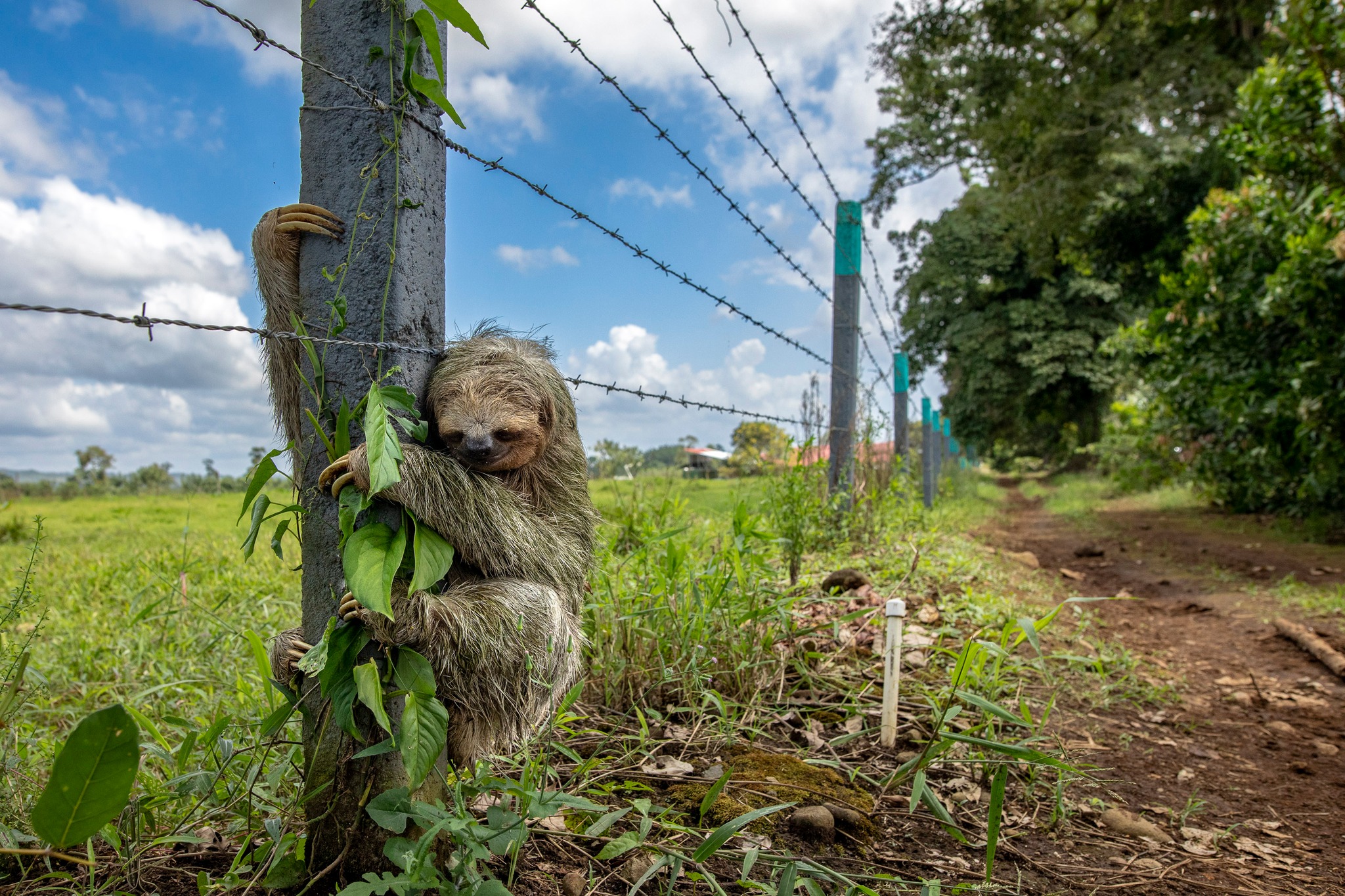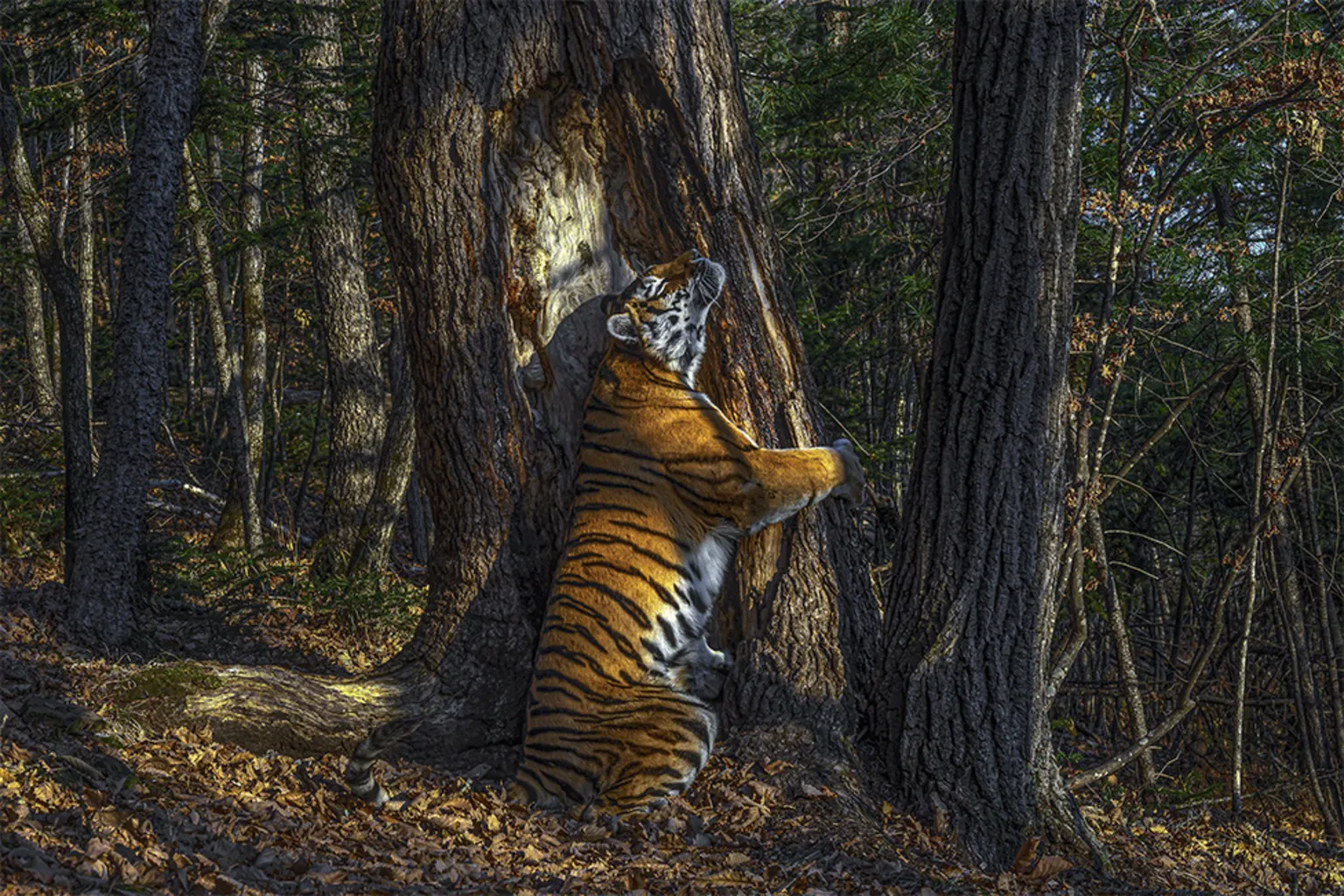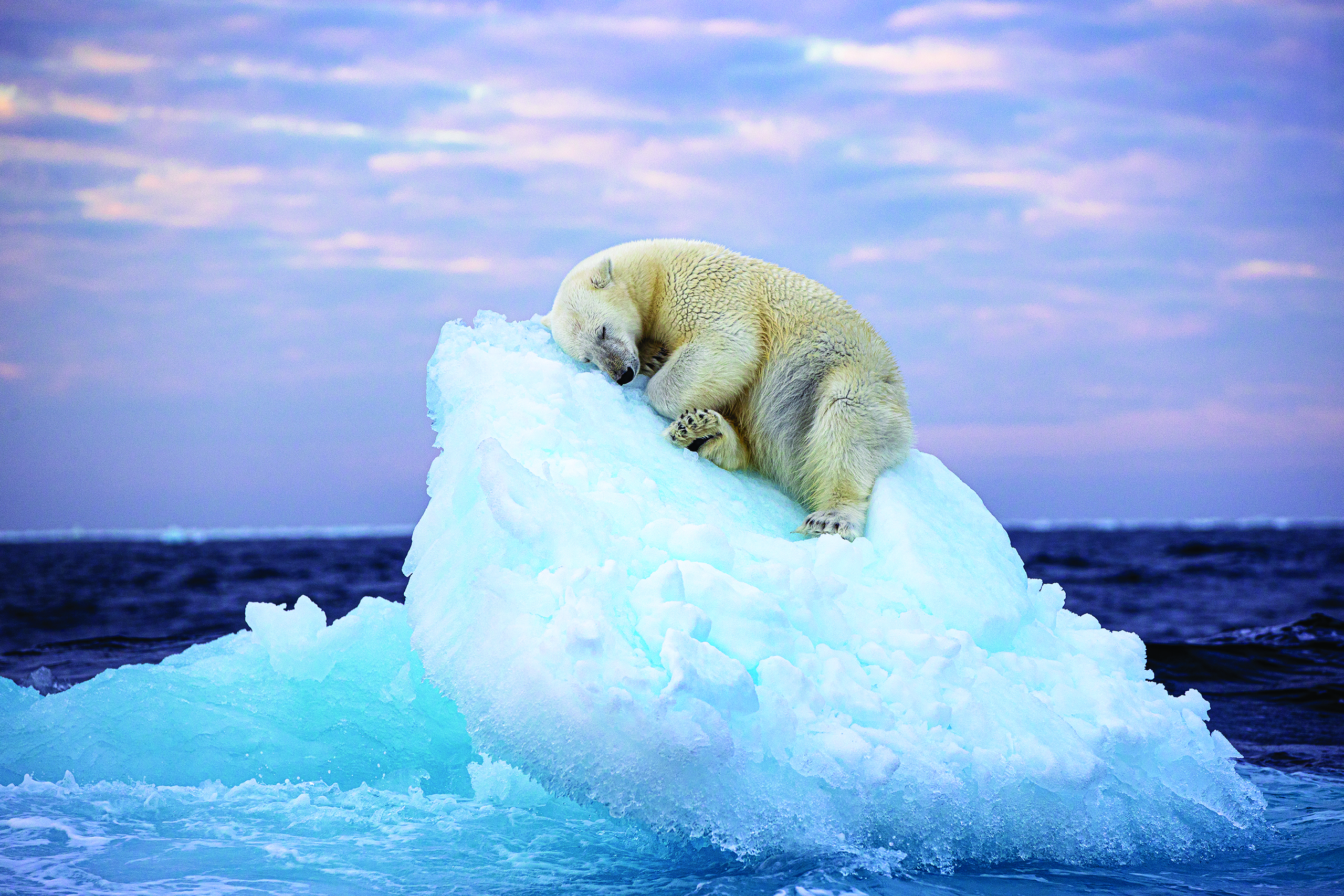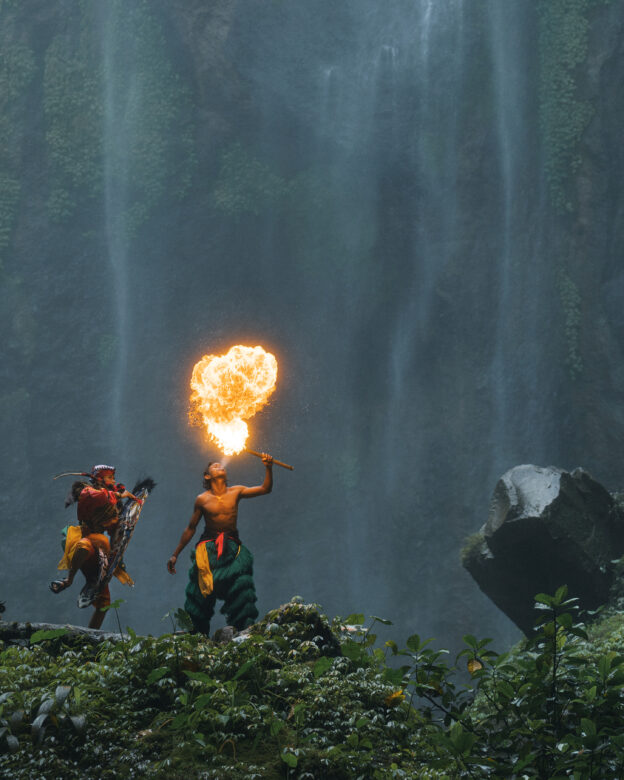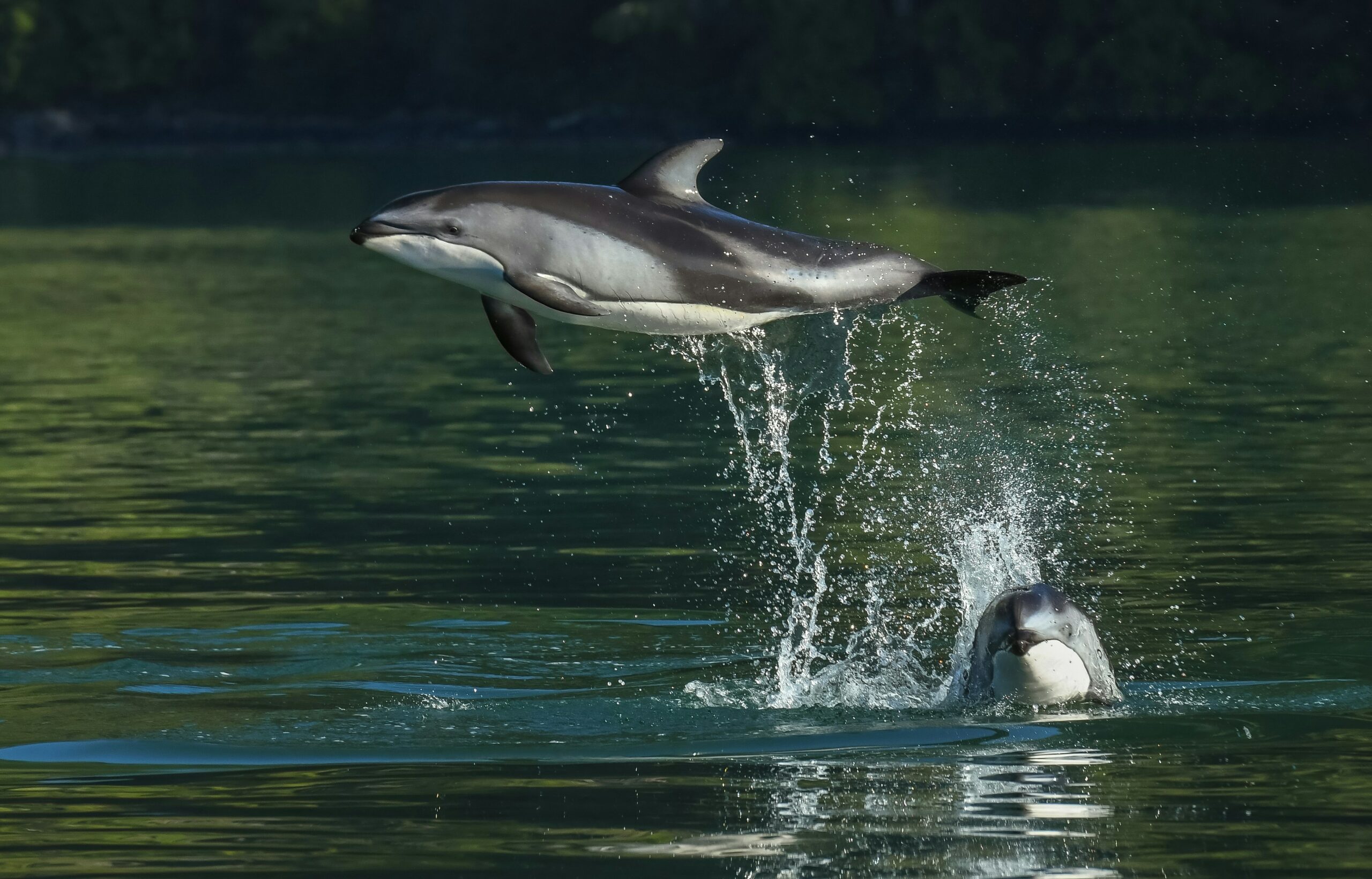
Marine wildlife is among the most fascinating yet challenging subjects a photographer can take on. From seabirds gliding over the horizon to dolphins breaching the surface, or the mesmerising underwater ballet of manta rays and coral reef inhabitants, every encounter offers both artistic and technical hurdles. Mastering the craft of capturing life above and below the waves requires preparation, respect for the environment, and a good balance between skill and patience.
1. Preparation: Know Your Environment
Before even picking up the camera, study the ecosystem you’re entering.
- Research animal behaviour: Learn when turtles nest, when whales migrate, or when seabirds feed. Timing your trip with these natural rhythms increases your chances of sightings.
- Respect regulations: Marine protected areas often have strict rules about approaching wildlife. Stay updated and follow them closely.
- Gear checks: Saltwater is brutal on equipment. Carry protective housings, silica gel packs, hydration vests and additional distilled water to rinse gear with after shooting.
2. Overwater Photography
Marine wildlife isn’t always underwater—some of the most dramatic shots happen at or above the surface. Photographing over water comes with its own unique set of challenges. Unlike land-based shoots, you are often on a moving platform—a rocking boat, a kayak, or even the shoreline with shifting tides. This constant motion means you need to balance stability, anticipation, and quick reflexes.
Lighting is another factor to consider. The surface of the ocean reflects sunlight in unpredictable ways, creating glare and contrast issues that can wash out your subject or obscure details. Morning and late afternoon light often work best, providing softer tones and reducing harsh reflections. Weather conditions also play a critical role: calm seas provide mirror-like surfaces for reflections of birds or marine mammals, while rougher conditions can add drama, with crashing waves and spray enhancing the sense of power in your image.
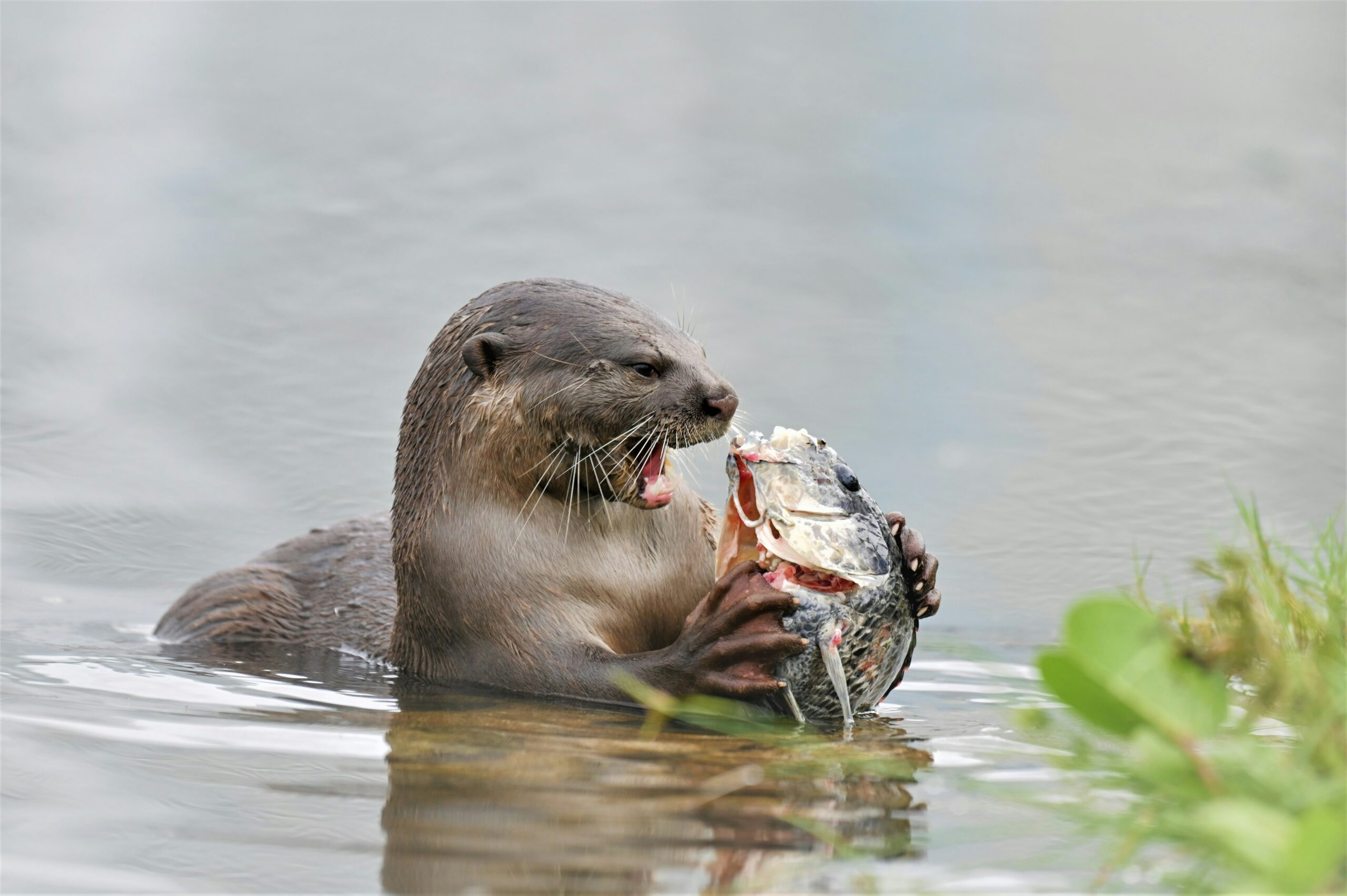
Animal behaviour is often fleeting and these moments happen quickly and rarely repeat in exactly the same way, so observation and patience are crucial. Keeping a keen eye on the horizon, watching for surface disturbances like ripples or bait balls, and being ready with your camera at all times significantly improve your chances of capturing that perfect split-second action.
Overwater photography also presents a creative opportunity to play with perspective. Positioning yourself at a lower angle close to the waterline can make subjects appear larger-than-life, while higher vantage points from cliffs or ships help you tell the story of the animal in relation to its vast oceanic environment. By combining patience, technical skill, and a sensitivity to the environment, photographers can create overwater images that are as dramatic and captivating as those shot beneath the surface.
Recommended Gear
- Telephoto lenses (300mm+): Essential for capturing whales, dolphins, or seabirds without disturbing them.
- Stabilization: A tripod topped with a gimbal head helps counteract rocking boats.
- Polarizing filters: Reduce glare and improve contrast on the water’s surface.
Techniques:
- Anticipate movement: Dolphins and whales rarely breach twice in the same spot. Watch for cues like ripples or bird activity that hint at action.
- Use fast shutter speeds: To freeze splashes or birds in flight, work at 1/1000 sec or faster.
- Framing with the horizon: Keep horizons straight to maintain balance in compositions.
3. Underwater Photography
Taking the plunge opens a completely new dimension. Light behaves differently, colours fade quickly, and movement is three-dimensional.
Unlike shooting from land or boats, underwater photography requires not only technical camera skills, but also strong swimming or diving ability. The ocean is a constantly shifting environment, and success depends on your comfort and confidence beneath the surface. Good buoyancy control, efficient finning, and calm breathing are as important as shutter speed or aperture settings—without them, your shots will be shaky, poorly framed, or full of disturbed sediment.
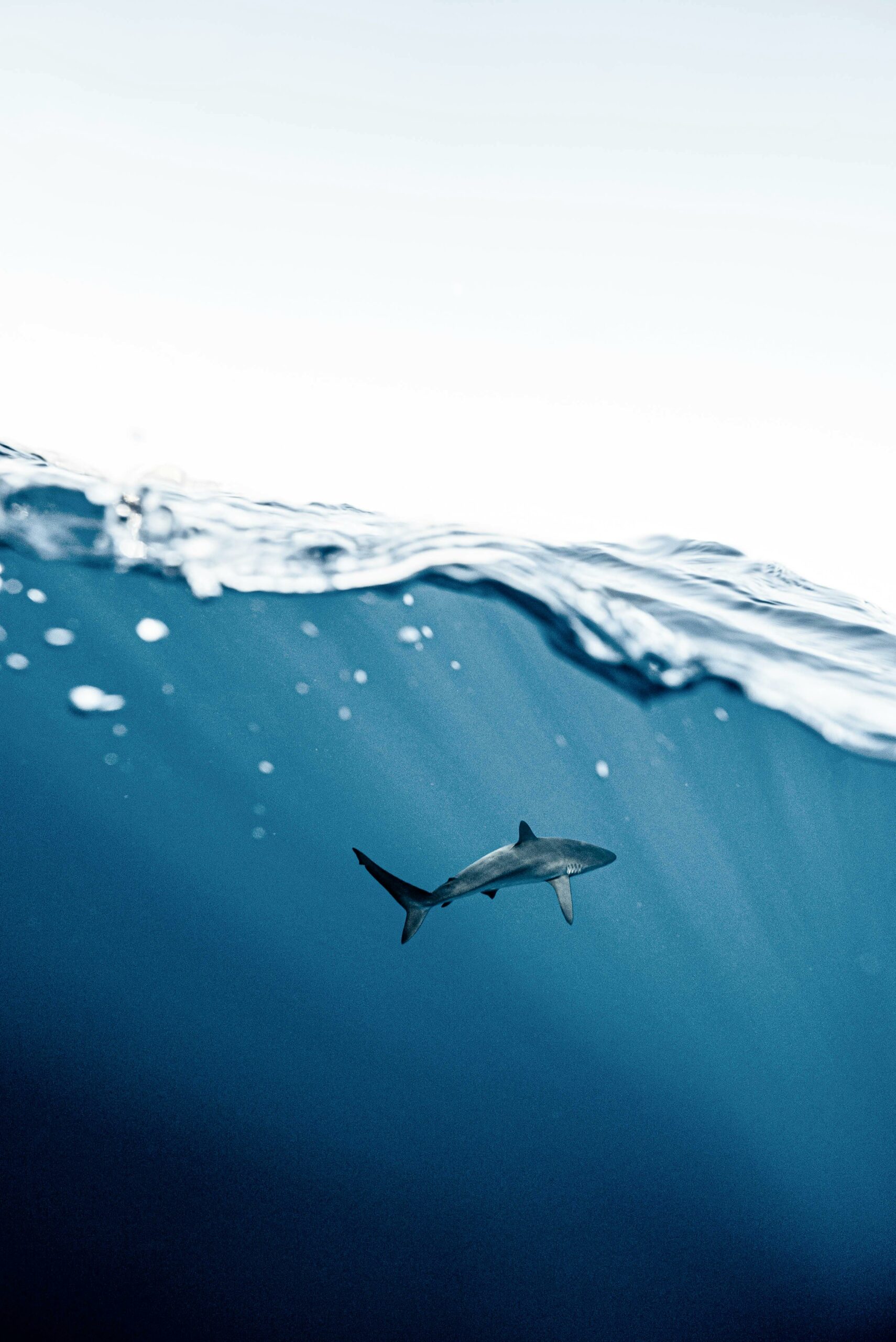
Diving practice is essential. Scuba divers and free divers alike need to build the ability to hold position without harming fragile corals, stirring up sand, or startling marine life. The better your control in the water, the more opportunities you’ll have to get close to subjects without intrusion. A nervous or poorly trained swimmer will spend more energy fighting currents and adjusting gear than actually taking photographs.
Light also behaves very differently underwater. Within just a few metres, reds and oranges fade, leaving your images overwhelmingly blue or green unless you compensate. Photographers need to master both artificial lighting (strobes, torches) and natural light positioning to restore the vibrancy of marine life. Currents, visibility, and depth changes can further complicate shooting conditions, which is why diving fitness, situational awareness, and patience are just as critical as knowing your exposure triangle.
Underwater photography also asks you to become part of the ecosystem rather than an observer from a distance. Animals often approach when you remain still, calm, and non-threatening. Training yourself to hover silently in the water column not only improves your safety, but also encourages more natural interactions with marine wildlife. When you combine strong aquatic skills with photographic knowledge, your images will carry a sense of intimacy and fluidity that can’t be achieved from above the surface.
Recommended Gear
- Underwater housing: A robust, pressure-rated casing specific to your camera.
- Wide-angle lenses: Crucial for large subjects like manta rays or schools of fish.
- Strobes/lights: Artificial lighting restores colour lost at depth (reds vanish after just 5–10 metres).
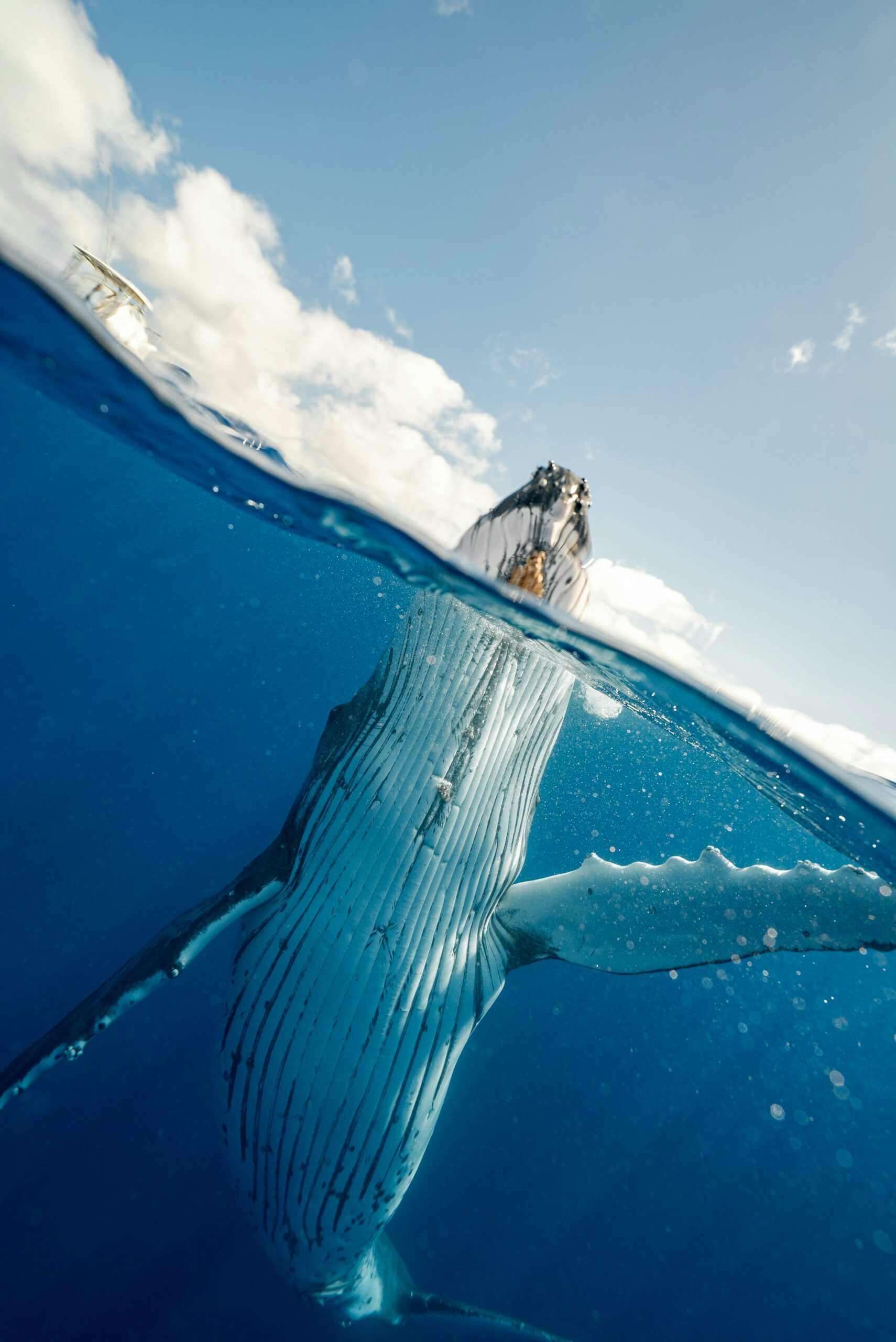
Techniques
- Buoyancy control: Perfect buoyancy ensures steady shots without disturbing the seabed or animals.
- Close approach: Water reduces clarity; the closer you get (ethically), the sharper and more vibrant your images.
- Manual white balance: Adjust settings to counteract blue/green colour cast when shooting without strobes. Just like with most of our tips, always shoot RAW alongside JPEG to get the most amount of flexibility in your images.
4. Safety First
Regardless of over or under water, remember that you’re entering their ecosystem, so respect and boundaries are of paramount importance.
For you: For surface photography, secure gear with straps and avoid leaning dangerously from boats.
Underwater, never push your limits. Watch your air, depth, and currents.
For them: Never chase, touch, or feed marine wildlife. Ethical photography means letting animals behave naturally.
5. Storytelling with Marine Photography
The best images don’t just show animals; they tell stories about life in the ocean. Remember, the animals and their environments you’ll capture not only tell the story of the present, but also stories of the past, spanning millions of years.
Capture interactions: A mother and calf whale, predator-prey dynamics, or a turtle surrounded by cleaner fish.
Include environment: Wide shots that show coral reefs, kelp forests, or open ocean convey scale and context.
Highlight conservation: Use your work to raise awareness about pollution, climate change, or endangered species.

Ready to Dive In?
Marine wildlife photography blends adventure, patience, and respect for nature. Overwater, it challenges you to deal with distance and unpredictability. Underwater, it demands technical mastery and calm composure. But the rewards – a breaching whale against a sunset, a sea turtle gliding effortlessly through turquoise waters, or the surreal glow of plankton at night – are unlike any other genre.
Whether you’re just starting with a zoom lens from shore or diving into the depths with full underwater rigs, remember: the ocean is both a subject and a partner. Treat it with respect, and it will offer endless photographic treasures.
